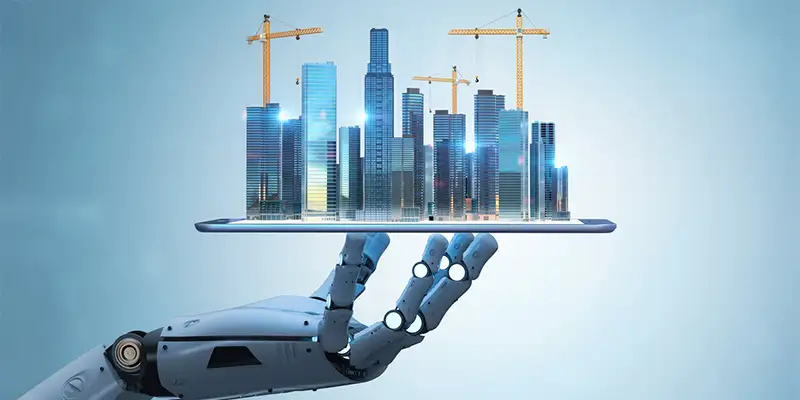AI introduces new dimensions in Generative Architecture

Buildings and architectural designs, nowadays, are highly driven by Artificial Intelligence (AI). In the field of generative architecture, where software-driven systems are used to generate design possibilities based on inputs and constraints, AI introduces an entirely new dimension, learning from data, optimising in real-time and collaborating with human designers to create outcomes that are both innovative and efficient.
Evolving Architecture
Traditionally, generative architecture would work based on rules. Architects had to input certain set parameters in terms of dimensions of the space and preferences for materials to be used; they would set these boundaries, and the system would provide variations within that scope. This helped explore options, but was still limited to what the designer could anticipate. However, with AI, particularly machine learning, there is no limitation. It can comprehend vast data sets from urban plans to environmental metrics, and generate adaptive design solutions that learn, evolve, and respond to changing priorities.
Therefore, the architect is no longer just someone directing the software; they are equally collaborating with it, engaging in a discussion. With AI now generating thousands of innovative and efficient optimised designs, humans can evaluate each option, curate it for specific preferences and fine-tune the best results. This process enhances creative freedom while ensuring that performance, efficiency, and sustainability targets are met.
One recent example of this is when Tata Consultancy Services (TCS) built its Pune campus using generative design tech, building an employee-centric workspace. The architects had to input detailed parameters such as desired distance between teams, daylight access, desired view from the windows and common spaces, noise-cancelling meeting rooms, and optimal operational efficiency. The AI system generated numerous design options with different permutations of parameters. From this pool, the team selected a layout that not only improved employee satisfaction but also optimised space usage and energy efficiency. The final design was a direct result of AI-generated architecture, where machine intelligence played an active, formative role in shaping the built environment.
Architects using AI
Apart from efficiently churning out layout designs, AI also helps architects by helping them figure out the environmental impact of the designs. Generative systems can simulate exactly how the path of the Sun, the direction of the flow of air will be affected by the design of the building. It can simulate the thermal load that the building’s design will put on its surroundings. This helps architects make better decisions early on, concerning energy use, keeping in mind the convenience of living.
However, with convenience comes caution. AI is best for optimising the design process, but overuse of a machine can also create similar-looking, homogenised outputs. In a country like India, which is culturally diverse, the data input for AI needs to be as diverse too for newer and innovative outputs. It is critical that AI models must include inputs from India’s vast architectural heritage and local building traditions to ensure relevance and inclusivity.
It is important to know that generative architecture is only enhanced by AI; it does not replace an architect’s job. It is a good collaborator for them to arrive at innovative and optimised designs. It takes care of accuracy and speed, thus allowing humans to make their judgement and be creative. AI is the future in architecture, and the future is here.
(The author is principal, VES College of Architecture)
link






